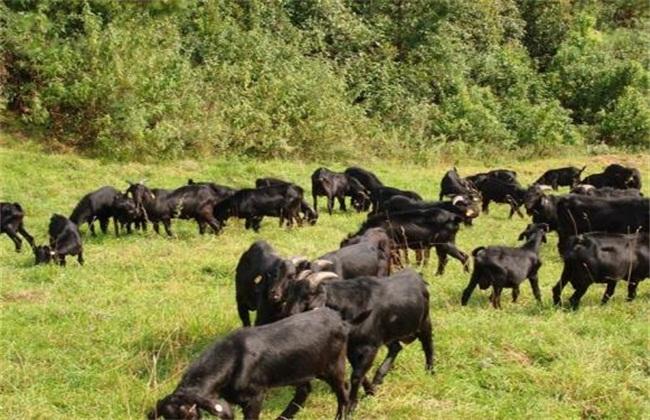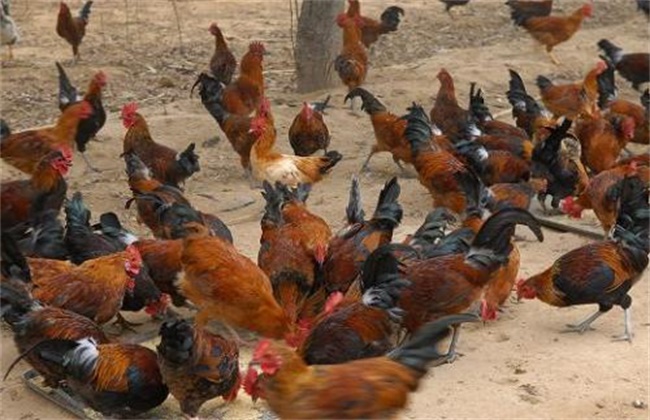The function of laying sand in chicken house and matters needing attention
In raising chickens, many farmers like to put a layer of sand on the henhouse, and many laymen may not understand the reason for doing so. In fact, putting a layer of sand on the floor of the henhouse has many advantages. Let's learn about it with the editor.

First, the role of chicken coop in sand cushion
1. Aid digestion
The chicken likes to eat sand, which can promote the digestion of food in its stomach and improve the utilization rate of feed, and after the chicken house is covered with sand, it can eat sand at any time.
2. Heat dissipation
The body surface of the chicken does not have sweat glands, but also has a body of feathers, the temperature is higher in summer, it is extremely prone to heatstroke, and after the chicken coop is padded with sand, the chicken can improve the contact between the skin and sand, give off heat, and effectively prevent heatstroke. Under normal circumstances, the most suitable environmental temperature for chicken growth is 20-25 degrees, and the best environmental temperature for laying eggs is 13-15 degrees.
3. Moisture absorption
Sand can absorb moisture. Laying sand once in the henhouse can keep the house dry and prevent the ground from getting wet. The best laying humidity for laying hens is 50% Mel 55%. When the air humidity is less than 45%, the chicken house is dusty and prone to respiratory diseases, but when the humidity is higher than 75%, the feathers of chickens will be dirty and adhere, leading to some diseases.
4. Epidemic prevention
After laying sand in the chicken coop, it can keep the chicken coop and activity ground dry and keep the air fresh, while the sand can inactivate many pathogenic bacteria after exposure to the sun, thus reducing the occurrence of disease, and the chicken can kill parasites on the body surface after taking a sand bath.
II. Matters needing attention in sand cushion
The sand laid by the chicken house should be clean and hygienic, and should be replaced in time. The wet sand with chicken dung is not conducive to the growth of the flock. Please put it out in time and put it in the sun to remove dirt such as chicken manure before it can be reused. The sand grains laid should be 3-5 cm, not too deep. It is better to screen fine sand for sand. If conditions permit, a sand bath can be built in the chicken coop or activity field, and the size of the pool can depend on the number of chickens.
The above is the introduction of the role of the chicken coop sand pad and matters needing attention. I hope it can help you. If you want to know more about it, please follow us.
Related
- On the eggshell is a badge full of pride. British Poultry Egg Market and Consumer observation
- British study: 72% of Britons are willing to buy native eggs raised by insects
- Guidelines for friendly egg production revised the increase of space in chicken sheds can not be forced to change feathers and lay eggs.
- Risk of delay in customs clearance Australia suspends lobster exports to China
- Pig semen-the Vector of virus Transmission (4)
- Pig semen-the Vector of virus Transmission (3)
- Five common causes of difficult control of classical swine fever in clinic and their countermeasures
- Foot-and-mouth disease is the most effective way to prevent it!
- PED is the number one killer of piglets and has to be guarded against in autumn and winter.
- What is "yellow fat pig"? Have you ever heard the pig collector talk about "yellow fat pig"?



